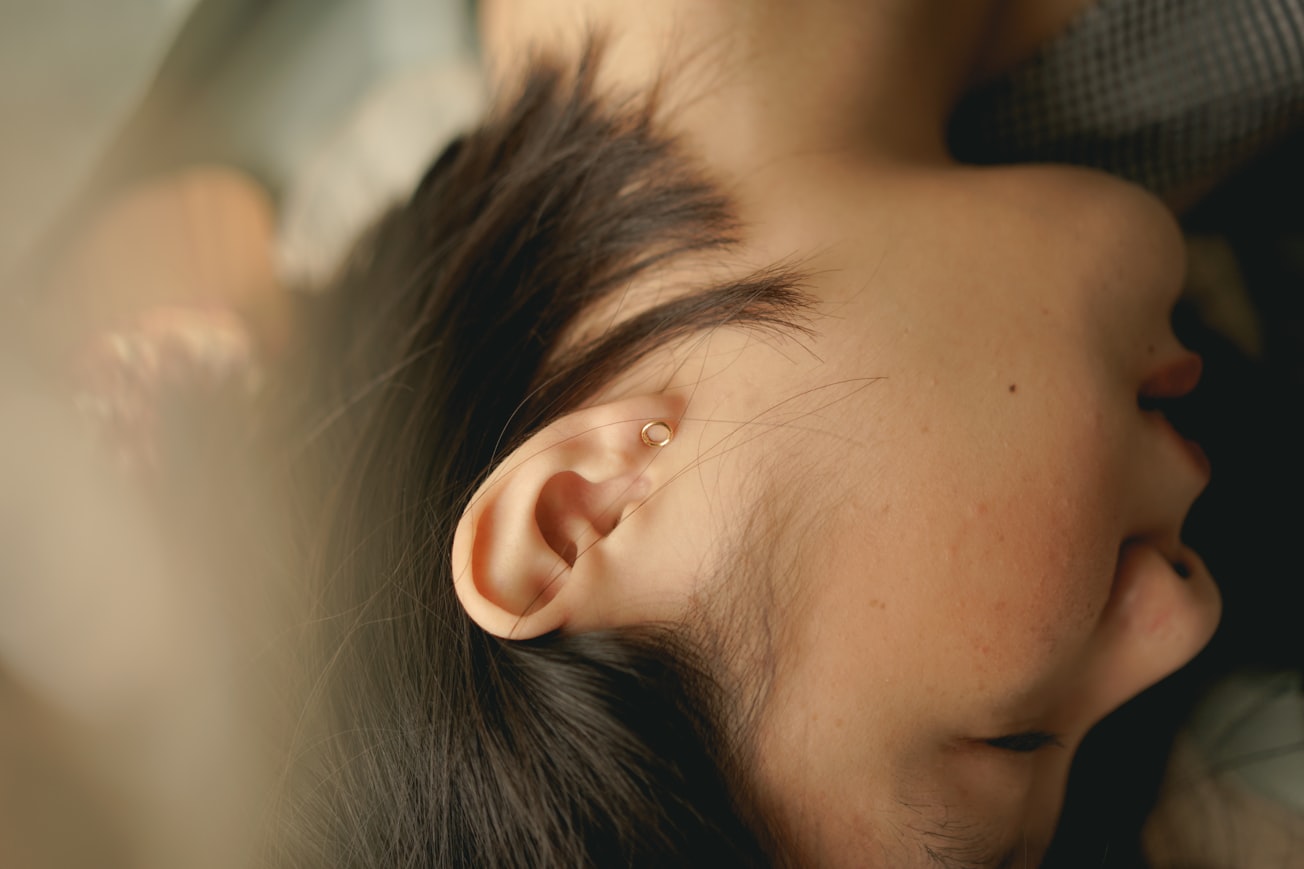What is it about?
Microtia is a deformity where a child is born with an abnormally underdeveloped ear. A common complication of corrective surgery is the loss of ear shape due to scaring and absorption of the cartilage grafts used, often associated with reduced blood supply. In this paper we describe a new microtia reconstruction technique using microsurgery super thin posterior auricular skin to enhancing blood supply and the cosmetic result.
Featured Image

Photo by Jessica Flavia on Unsplash
Why is it important?
This new approach provides rich blood supply to the reconstructed ear and covers the ear with like for like skin which matches the color and texture of the ear. The average aesthetic score in this series was 2.6/3 showing this technique may enhance long-term microtia reconstruction results. In this paper we explain the posterior auricular artery skin free flap technique in detail with images and video to enable other surgeons to easily replicate the technique and further improve on the technique for improved care of children suffering from microtia
Perspectives
The ear is not only useful for hearing but also forms an important part of aesthetics, adding beauty to the face. Any abnormalities easily stand resulting in psychosocial distress. Ear reconstruction is one of the most challenging surgeries because of the complex 3-D shape of the ear. This new technique adds a new dimension to the surgeons reconstructive options. Additionally as regeneration science advances and more biomaterials for the ear become available, these super thin pure skin perforator free flaps may be useful to cover artificial materials without adding unnecessary bulk to the ear.
Dr Chihena Hansini Banda
Mie Daigaku
Read the Original
This page is a summary of: Posterior Auricular Artery Free Flap Reconstruction of The Retroauricular Sulcus in Microtia Repair, Journal of Plastic Reconstructive & Aesthetic Surgery, December 2020, Elsevier,
DOI: 10.1016/j.bjps.2020.12.047.
You can read the full text:
Resources
Contributors
The following have contributed to this page










